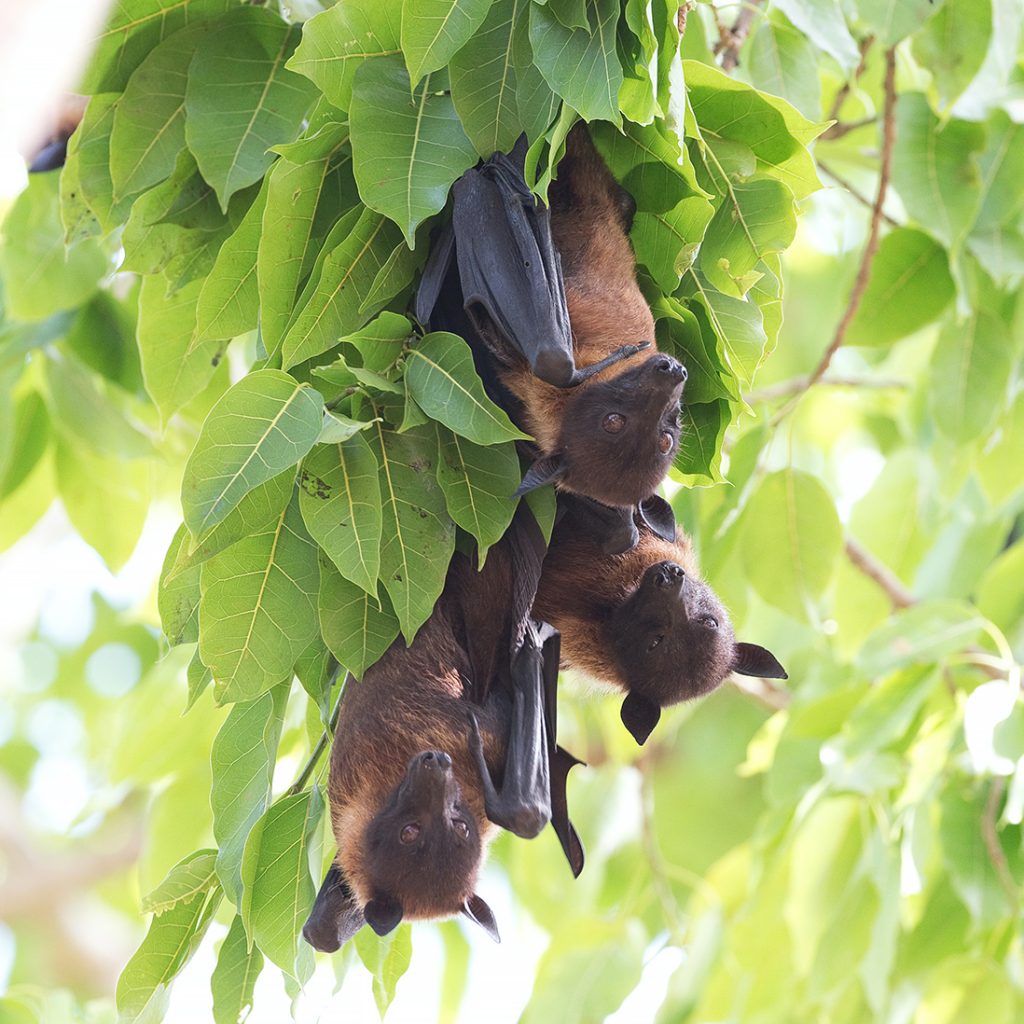
Bats probably originated in North America and have lived in the mid Rio Grande watershed for millennia. Half the species of bats found in the United States make New Mexico their home either for the summer or year-round.
Since bats are nocturnal, we humans don’t often see these mammal neighbors. They are busy sleeping the day away in caves, under the eaves of our homes, in rock crevices, and even in tree cavities. At night, thousands emerge, searching for flower nectar (especially agave) and insects. A bat can eat 3-5,000 insects each night, making them very helpful to our ecosystem.

Evening or vesper bats are a large family of bats; the ones found here are commonly called little brown bats or simple nosed bats. As they make their way through the night sky, they use echolocation, emitting signals from their mouths to judge distance to insects or objects. Other species of bats emit the sounds through their long noses.
The movies portray bats as vicious and scary, causing people to develop chiroptophobia (fear of bats). Since bats are peculiar looking, many with big ears, teeth, and long noses, it is hard to convince the public that they are a very peaceful species of animals. Indeed, a mother bat has maternal instincts and will nurse her young for two months. While an occasional bat in New Mexico has been found to have rabies, it is rather rare considering millions of bats are estimated to live here. The population of bats however is being threatened by a fungal disease called white-nose syndrome which recently showed up in caves in southern New Mexico.
Continue reading
